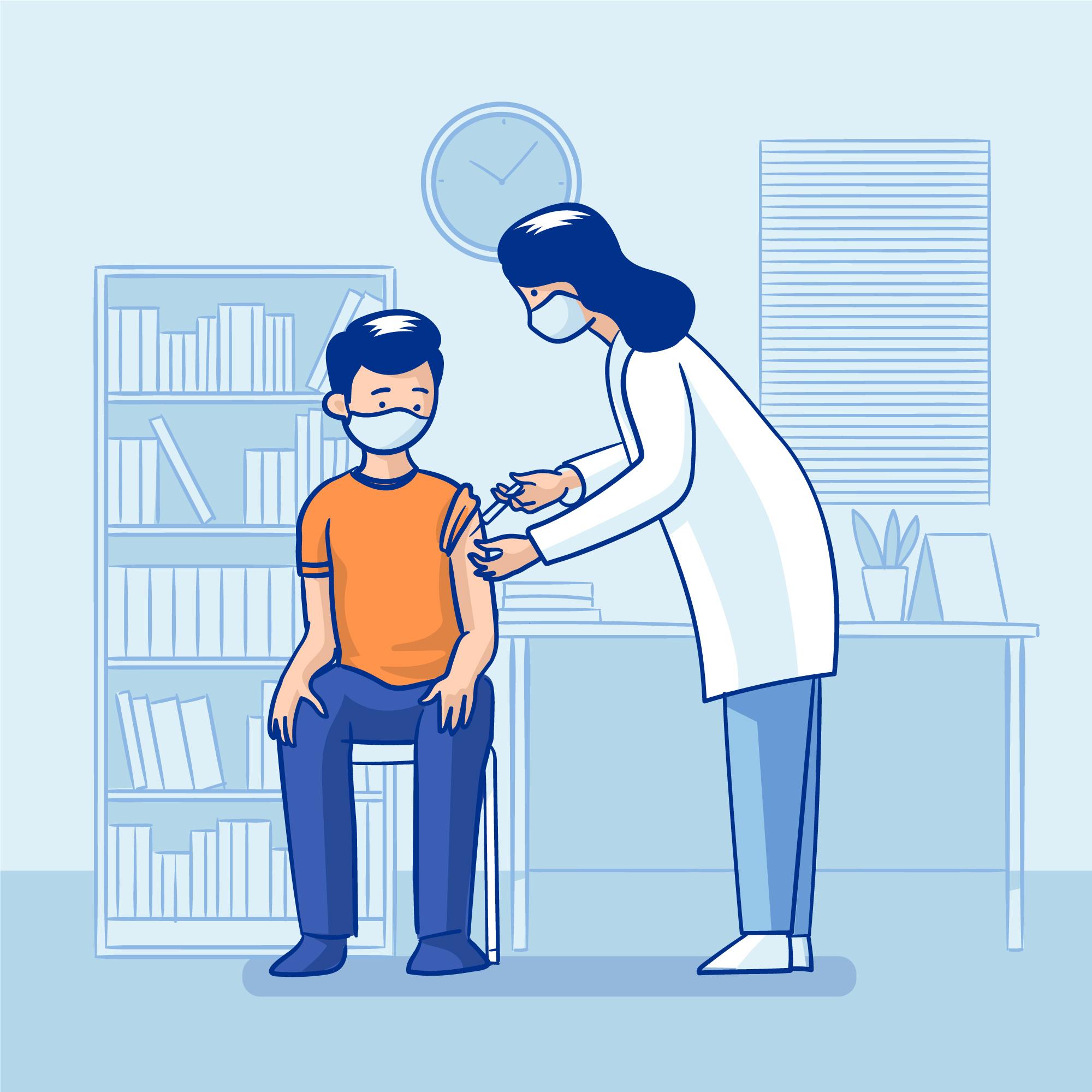
Understanding Addison’s Disease in Children: Diagnosis, Treatment, and Support
Addison’s disease, though rare, can also affect children. It’s essential for parents and caregivers to understand how to recognize, treat, and support pediatric patients with this condition. Let’s delve into the key aspects:
Recognizing Symptoms
In children, the symptoms of Addison’s disease may be subtle and easily overlooked. Look out for signs like:
- Chronic fatigue
- Weakness
- Weight loss
- Nausea or vomiting
- Low blood pressure
- Darkening of the skin
Diagnosis
If you suspect your child might have Addison’s disease, consult a healthcare provider. Diagnosis typically involves:
- Blood tests to measure hormone levels
- ACTH stimulation test to assess adrenal function
- Imaging tests such as CT or MRI to examine the adrenal glands
Treatment
Treatment for Addison’s disease in children aims to replace the deficient hormones. This often involves:
- Oral corticosteroids like hydrocortisone to replace cortisol
- Mineralocorticoid medications like fludrocortisone to replace aldosterone
- Close monitoring and dosage adjustments as needed
Support and Management
Living with Addison’s disease requires ongoing management and support:
- Educate your child about their condition as they grow older.
- Ensure they carry emergency medical information and supplies, including injectable corticosteroids.
- Teach them to recognize and respond to symptoms of adrenal crisis.
- Work closely with healthcare providers to monitor their condition and adjust treatment as needed.
Conclusion
While managing Addison’s disease in children can be challenging, with proper diagnosis, treatment, and support, pediatric patients can lead full and active lives. By staying informed, vigilant, and proactive, parents and caregivers can help their children effectively manage this condition and thrive.
To seek medical advice, always consult a Doctor. Here are our recommended experts. Click Here
To read more on Addison’s Disease. Click Here


